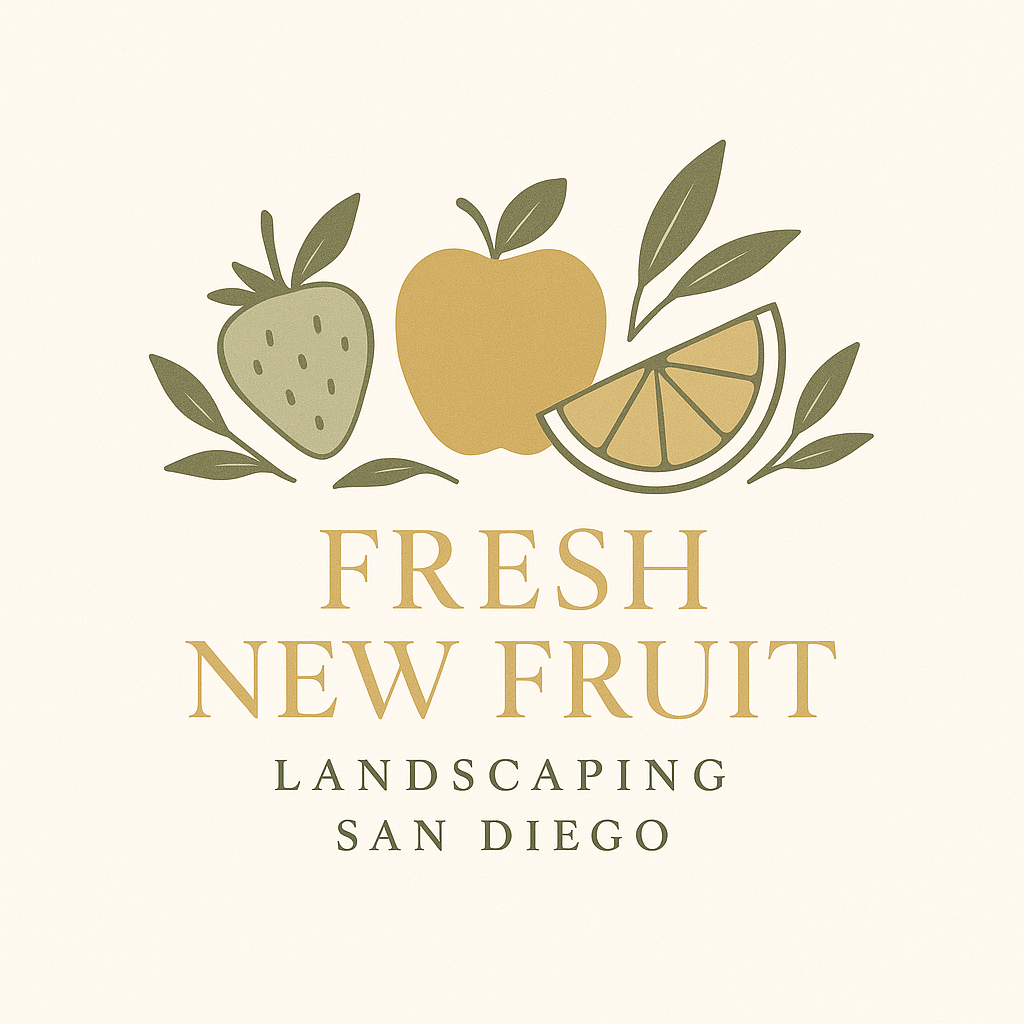Saving water in San Diego
Water consumption and conservation:
There are 2 easy ways to save on water in a huge way in San Diego when it comes to gardening. The first is soil amendments. When you prepare an area for planting, it saves a ton of money and effort to enrich the soils more than necessary first. Organic material is the key here, soil devoid of organic materials is what we have in general in San Diego. The opposite is black, rich, earthy smelling and sold as garden soil. Potting soil is garden soil with perlite added usually about 70/30. There are soils for free or cheap, and there are extremely complicated soils sold for top dollar. The difference is the organic materials in each. Some soils are blended with worm castings for instance, a very rich and very expensive component. We can purchase the items separately and blend them, buy expensive soil, or other options. Some soils use materials that are threatened ecologically and some use sustainable materials.
Be careful with the costs associated with the job as a whole. Some of the materials can be added later, but we can only change devoid soil for rich soil during the planting process.
Mulch is the second way. Mulching to conserve water means that we don't scatter mulch for aesthetics, it means we add 4 inches equivalently to the area. (Up to 12 inches) It increases the height of the earth rather dramatically. This should be planned for in the landscape and the height of the desired plants. Mulch doesn't mean dominantly wood chips, mulch can be decomposed granite for a desert look, wood chips or shavings of various natural colors and textures, and/or stone. Mulching means the subterranean water cannot evaporate, and wet soils stay wet longer than dry soils stay wet. Water retention is increased by biological life supporting our efforts. (Think a bunch of worms peeing daily) Mulch can also be groundcover. Plants need water, but also retain water in the subterranean soils for all the same reasons plus catching fog/humidity. All mulch prevents drying winds from sapping the water away. I'll stop before I start going on and on about microbiological environments, I'll cover that in another blog.
With a heavy amount of organic materials mixed into our planting sites, and 4-6 inches of any type of mulch, we can expect 5:1 water retention. In other words you will be able to find subterranean moisture five times longer than the devoid soil we have now. Big costs bring big rewards when talking horticulture.
I should mention weed abatement here! Having a large amount of mulch will significantly reduce the weeds in any garden, and adding other means gives it a multiplier effect. Great news!
All this summarized:
When you add organic matter and mulch, suddenly you can grow other plants than low water plants with an extremely small amount of water due to subterranean moisture retention.
With complex microbiological communities underground, the trees are stronger, more fruit producing, and don't need fertilization. They need much less water and will be much healthier than a neighboring tree without the same treatment.
You can grow any plant you want and not be afraid of wasting water.
At Ocean Beach Elementary School, I grow high water fruit trees without any additional water than 3x annually and rain. It takes a few years of regular water to get the sustainable processes going.
Sidenote:
Low water trees like pomegranate don't necessarily want this treatment. There are almost no food producing plants/trees that qualify as low water. Some food plants that require low water are prickly pear cactus, arugula, amaranth and more. Blackberry, citrus, tomato and milkweed are medium water plants. Rose and blueberry are high water plants.
There are varieties of every plant that take less water than others, these are rare in general.
Here are a couple links for cheap amendments, great amendments, good priced amendments for delivery, and the best selection of amendments and soils.
Walter Anderson's nursery
Exotica nursery
Mountain meadow mushroom ranch
City dump mulch
